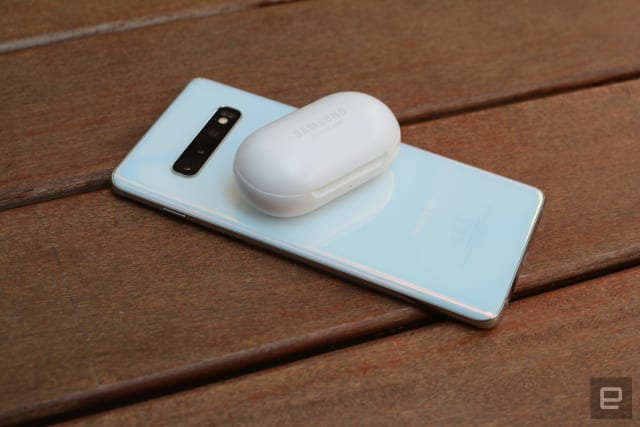
Engadget
It might soon be much easier to buy a smartphone that can charge small devices like earbuds or smartwatches. The NFC Forum,responsible for near-field communications tech,has unveiled the Wireless Charging Specification (WLC). That will allow devices like chargers or smartphones,equipped with a single antenna,to transfer power to compatible devices at up to one watt,the organization said. At the same time,NFC devices equipped with the tech would also be able to communicate with each other.
While it doesn’t seem like a lot,one watt is enough to charge up a smartwatch or wireless earbuds relatively quickly. And since most smartphones come with NFC,it would be easier for manufacturers to implement this type of reverse charging. "NFC wireless charging is truly transformative because it changes the way we design and interact with small,battery-powered devices as the elimination of plugs and cords enables the creation of smaller,hermetically-sealed devices," said NFC Forum chair Koichi Tagawa.
The standard could work with other NFC-equipped devices besides smartphones,including chargers,PCs,tablets and even gaming controllers — the Wii U gamepad has an NFC chip,for instance.
Apple,Sony and Google are NFC Forum sponsors,Samsung is a principal member and Huawei is an associate member. Apple had reportedly planned to introduce bilateral charging for the iPhone 11 that might have worked with its AirPods earphones,but that didn’t happen (yet). If it does introduce such a feature,it will likely work with Qi in order to be compatible with its Watch and AirPods cases.
Meanwhile,Samsung introduced a form of the tech called Wireless Powershare (based on the Qi charging standard),with the Galaxy S10 and Galaxy Buds earphones. Huawei introduced a similar feature on the Mate 20 Pro. Neither of those devices directly use NFC for charging,however.
The new WLC standard may may improve compatibility between devices from different manufacturers while allowing easier charging for internet of things devices. However,the specification has only just been published,so implementation is still some years away.

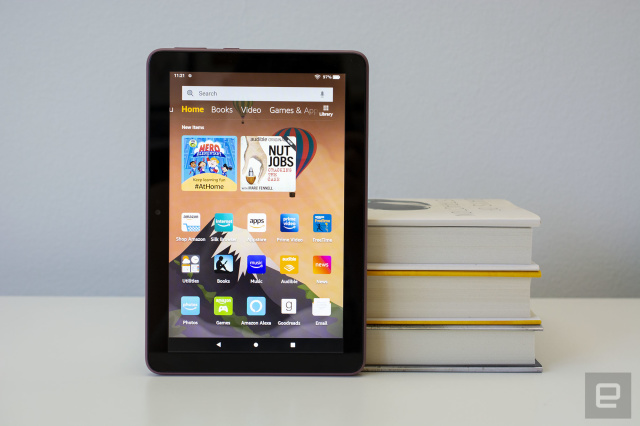
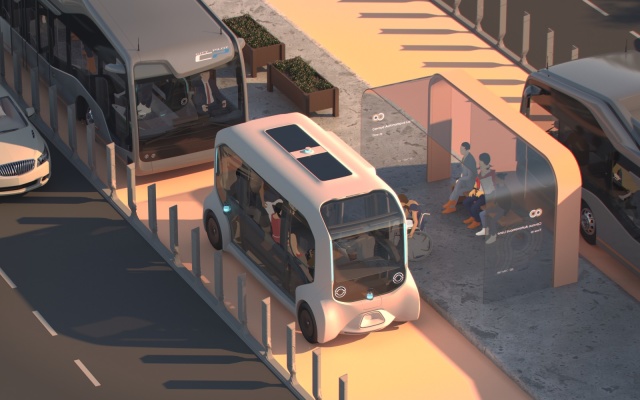
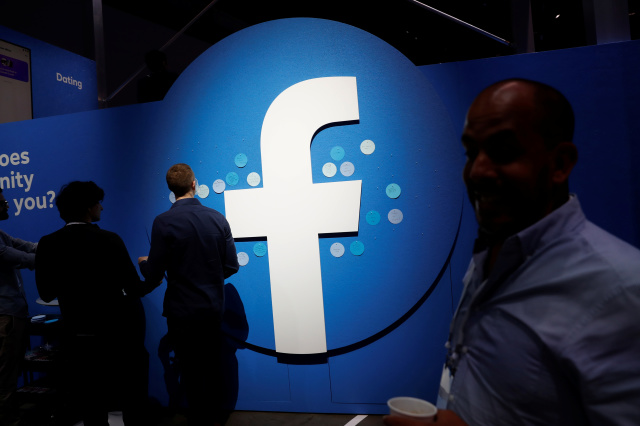
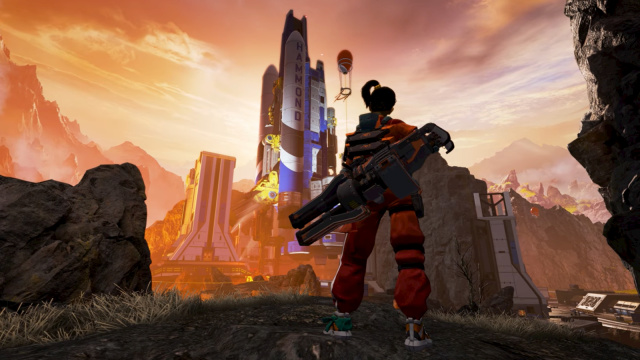
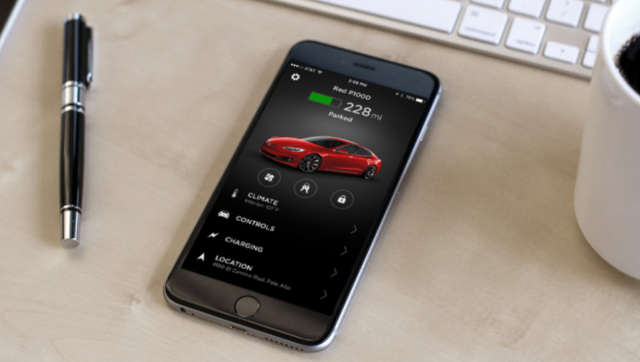
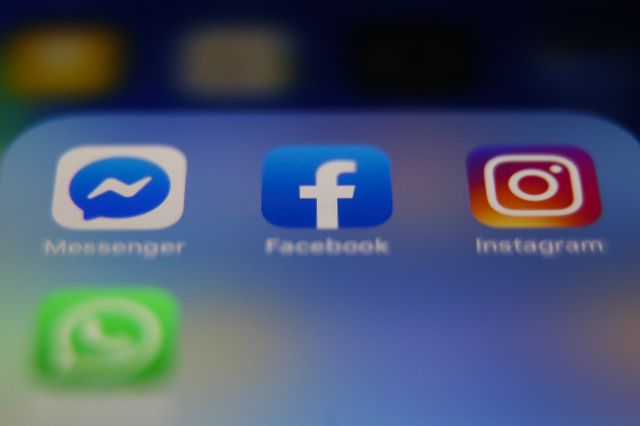
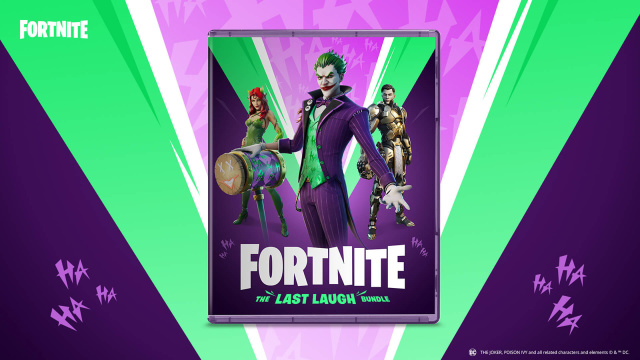
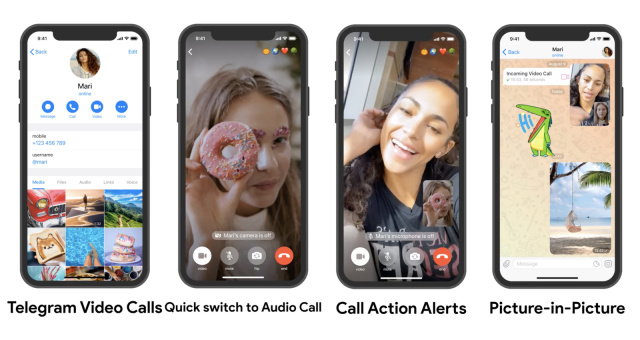
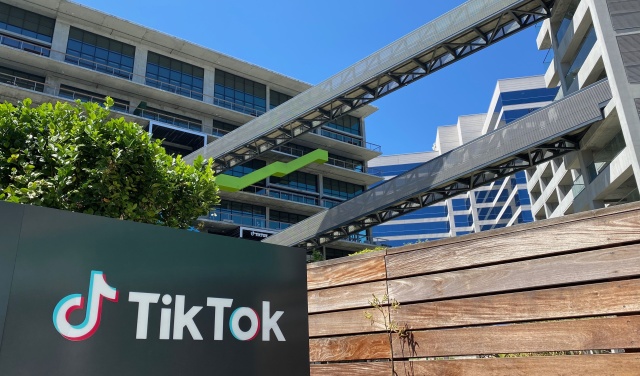
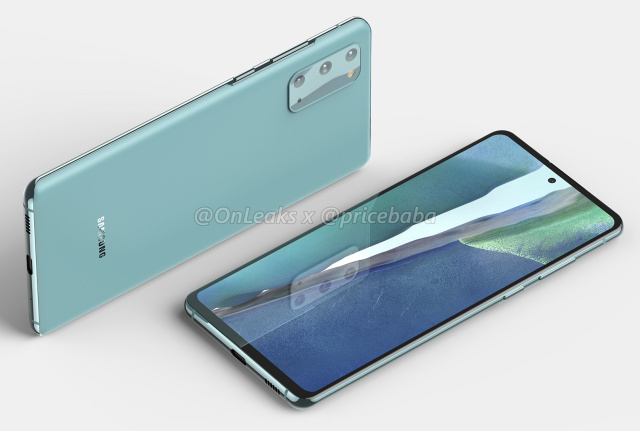
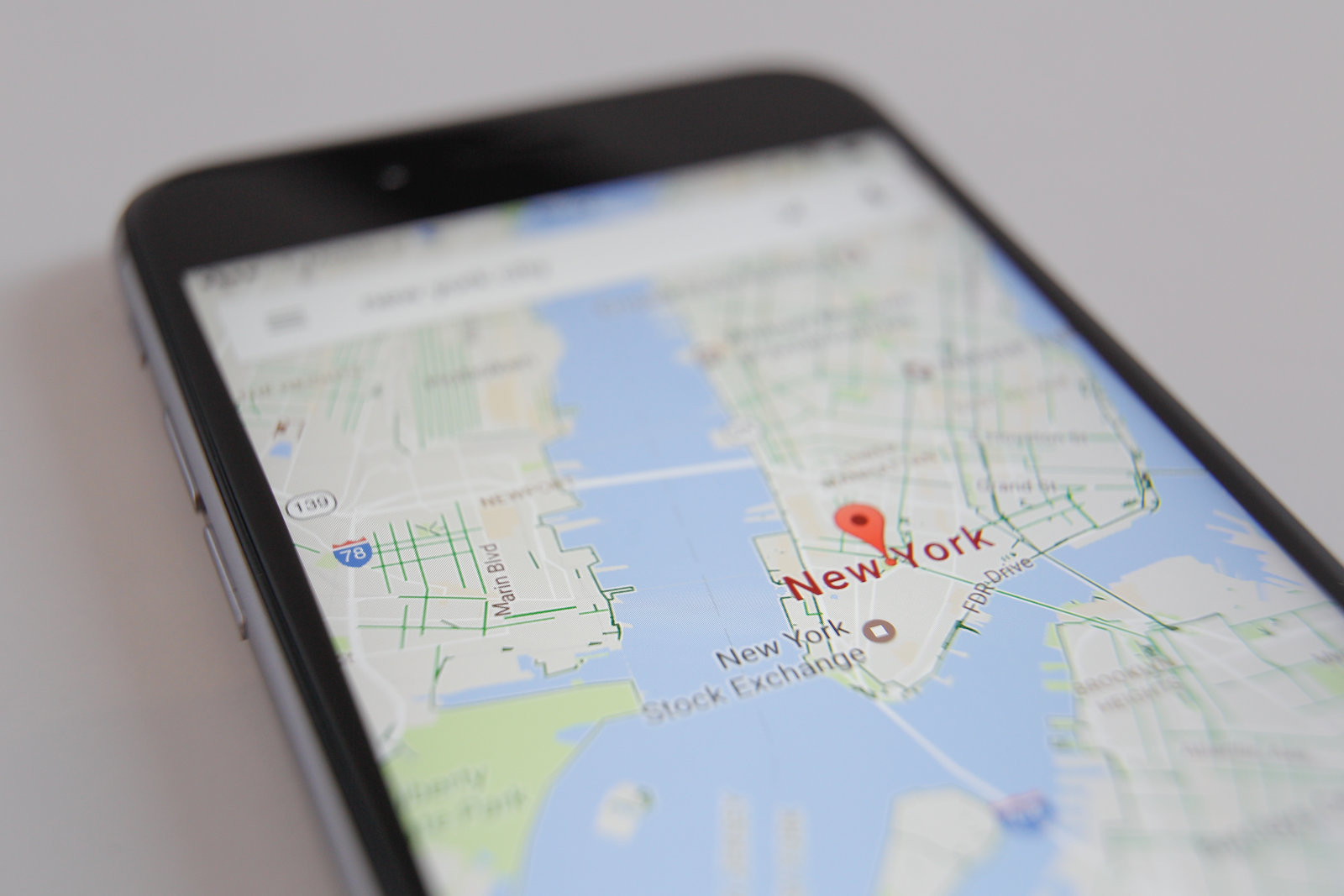
 加载中,请稍侯......
加载中,请稍侯......
Comments